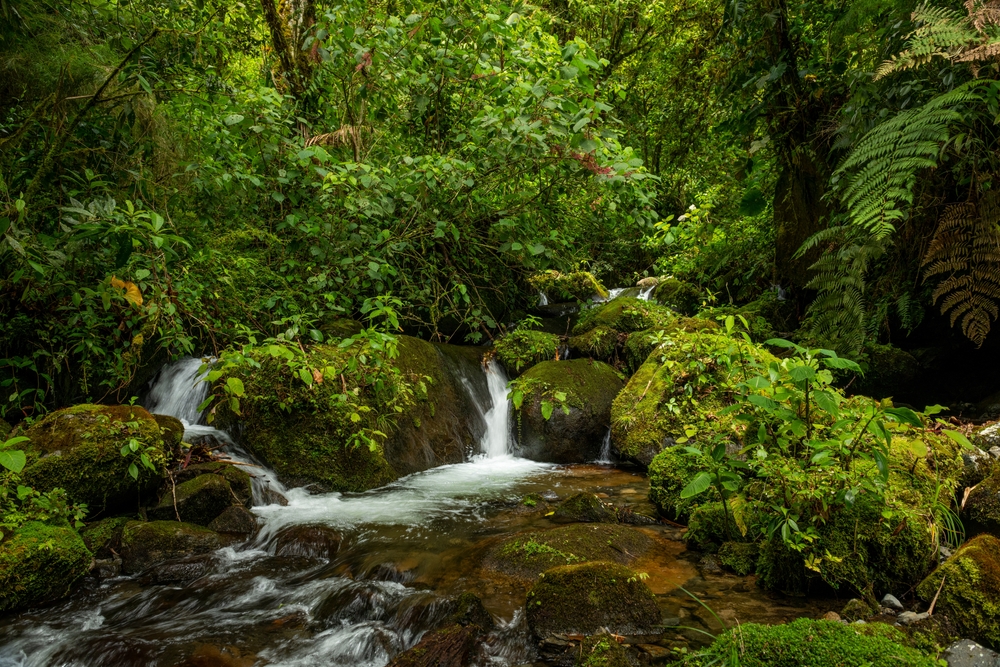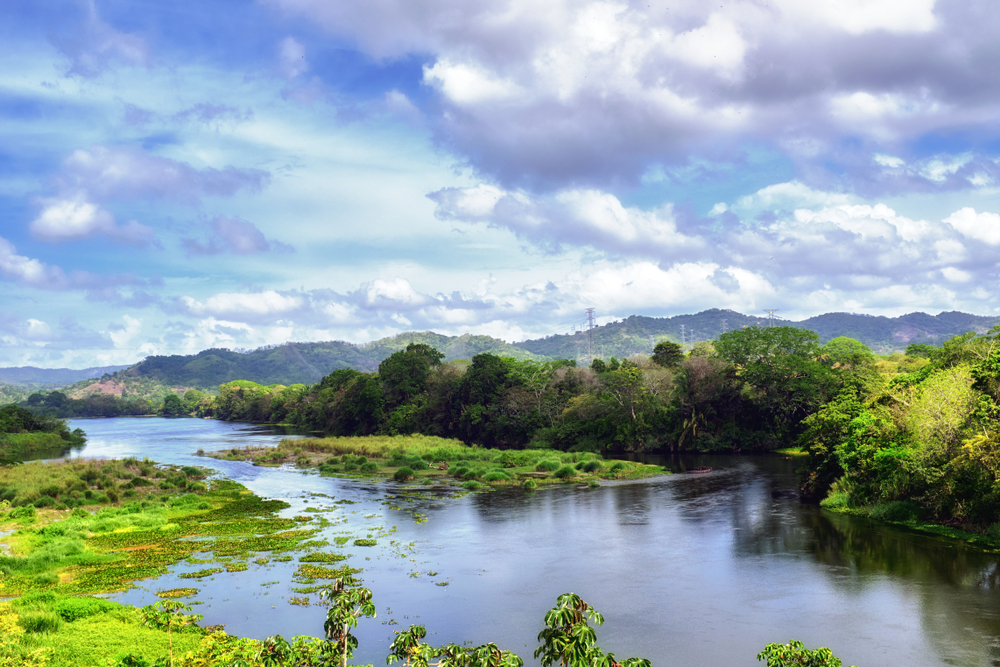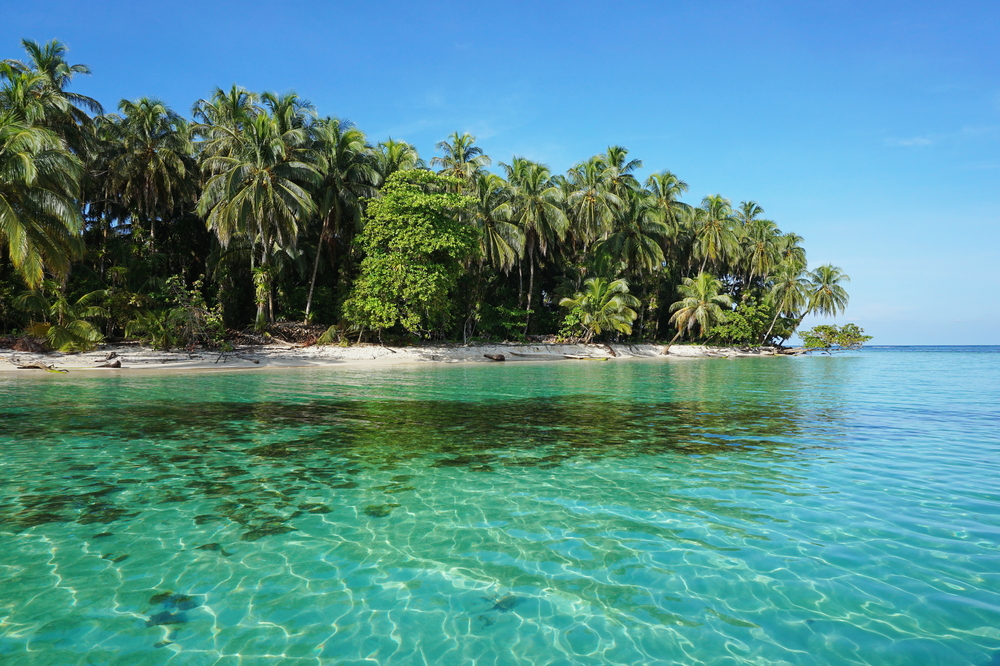La Amistad Inter Overview
La Amistad International Park, known locally as Parque Internacional La Amistad, is a vast and biodiverse protected area spanning the border between Costa Rica and Panama.
Covering approximately 2,040 square miles (5,287 square kilometers), it is one of the largest and most ecologically significant national parks in Central America. The park stretches across both countries, with about 1,058 square miles (2,740 square kilometers) in Costa Rica and 982 square miles (2,547 square kilometers) in Panama.
It is located within the Talamanca Mountain Range, a rugged and remote region characterized by its dramatic peaks, deep valleys, and dense tropical forests. The park’s name, “La Amistad,” meaning “Friendship,” reflects the collaborative conservation efforts between the two nations to protect this extraordinary expanse of wilderness.
The terrain of La Amistad International Park is diverse and largely shaped by the Talamanca Range, home to some of the tallest peaks in both Costa Rica and Panama. Among these are Cerro Kamuk, reaching 11,407 feet (3,477 meters), and Cerro Fábrega at 10,856 feet (3,309 meters).
The park contains vast cloud forests, montane forests, and high-altitude páramo ecosystems, offering a striking variety of landscapes. Rivers such as the Changuinola and Teribe originate within the park, forming powerful waterfalls and deep gorges that carve through the dense jungle. The thick vegetation includes towering oak trees, wild avocado trees that provide food for rare wildlife, and an impressive array of orchids and bromeliads, which thrive in the humid conditions.
La Amistad International Park is home to an astonishing diversity of wildlife, making it one of the most biologically rich areas in Central America. More than 600 bird species have been recorded here, including the resplendent quetzal, three-wattled bellbird, and harpy eagle.
Mammals such as jaguars, pumas, and Baird’s tapirs roam the dense forests, while smaller species like ocelots and margays navigate the thick undergrowth. The park is also known for its amphibian diversity, with species such as the golden toad and various brightly colored poison dart frogs.
Reptiles, including the fer-de-lance viper and the Central American bushmaster, add to the park’s ecological richness. The waterways support a variety of freshwater fish and aquatic creatures, further enhancing the park’s biodiversity.
Visitors to La Amistad International Park come for its remote wilderness and exceptional opportunities for hiking, birdwatching, and wildlife observation. Due to its vast and rugged nature, the park remains largely unexplored, making it ideal for adventurous travelers seeking an off-the-beaten-path experience.
The Las Nubes Biological Station and Altamira Ranger Station serve as key access points for visitors, offering trailheads into the dense jungle. The Sendero El Retoño and Sendero Valle del Silencio trails lead hikers through the park’s cloud forests and high-altitude landscapes, providing chances to spot rare wildlife and stunning panoramic views.
Birdwatching is a major draw, as the park’s untouched forests provide a haven for elusive species that are rarely seen elsewhere. Guided tours led by local experts enhance the experience, helping visitors navigate the park’s remote trails and understand its ecological importance.
La Amistad International Park faces significant conservation challenges, including illegal logging, poaching, and the impacts of climate change on its fragile ecosystems. The remoteness of the park makes monitoring difficult, but collaborative efforts between Costa Rica and Panama have led to conservation successes, including strengthened anti-poaching patrols and increased research efforts.
Indigenous communities, such as the Naso and Bribri people, play a crucial role in conservation, helping to protect the land while preserving their traditional ways of life. Ongoing international support and eco-tourism initiatives continue to bolster conservation efforts, ensuring that this unique and biodiverse park remains a sanctuary for generations to come.
















































































